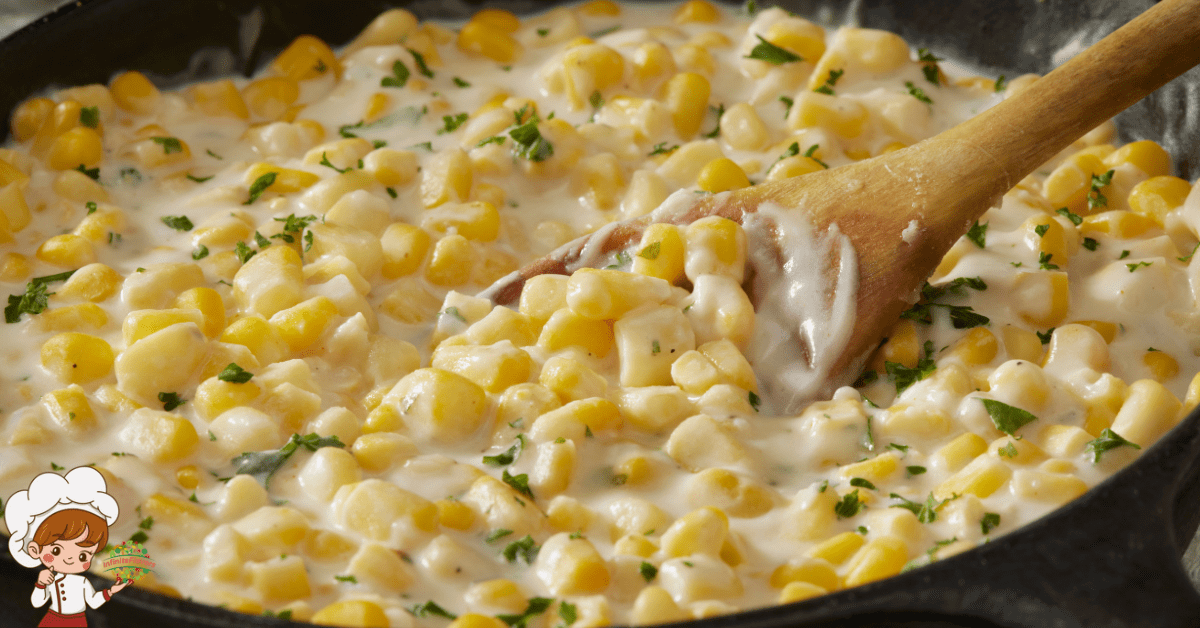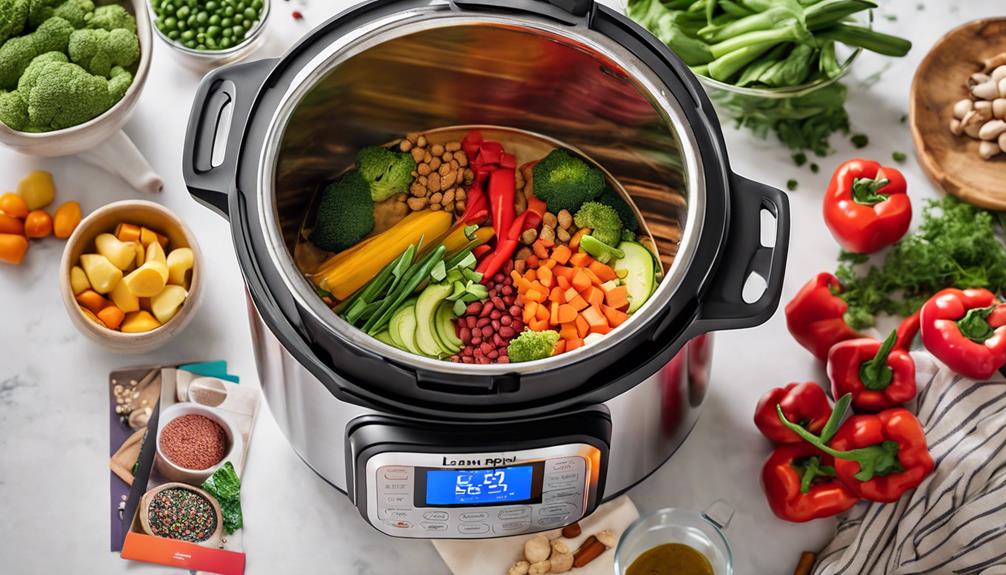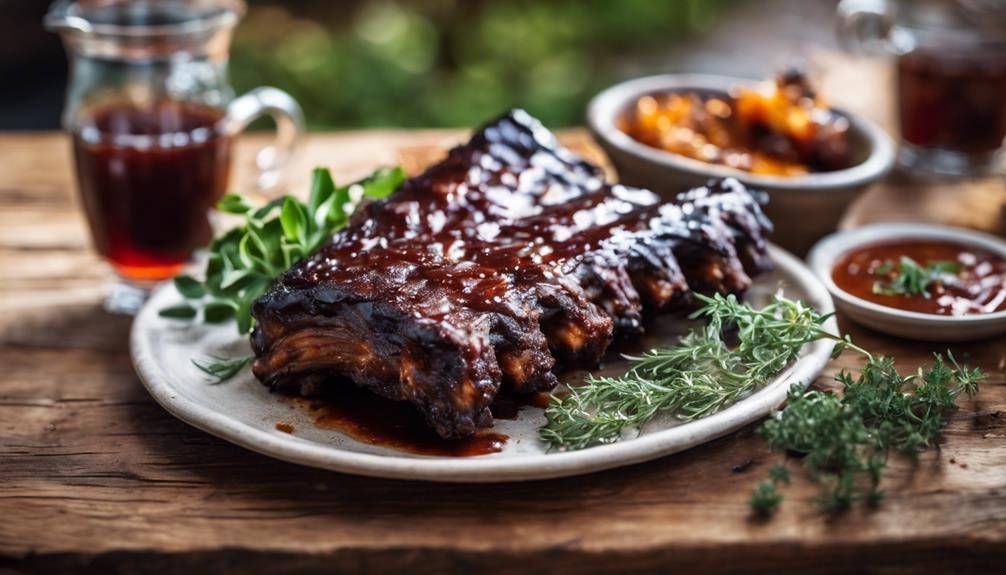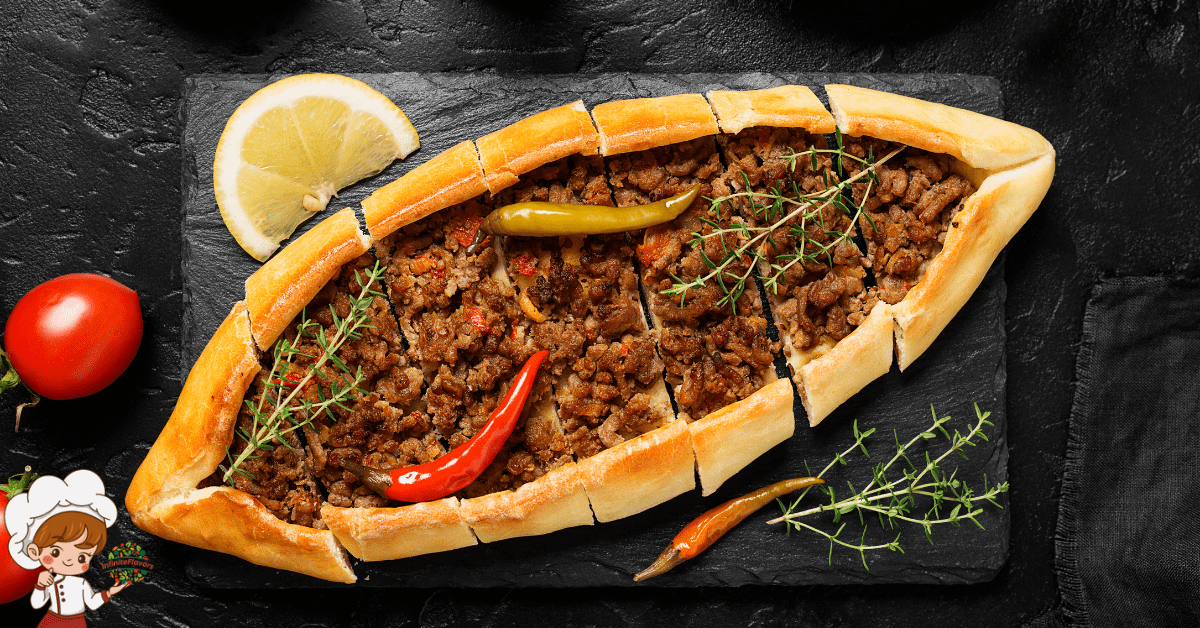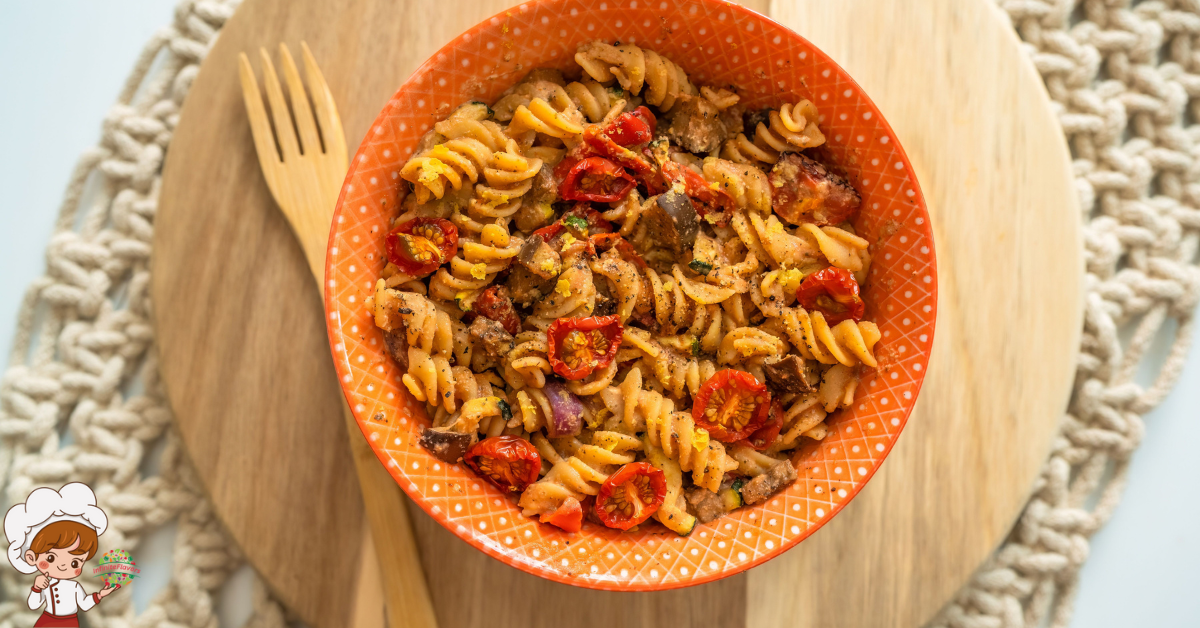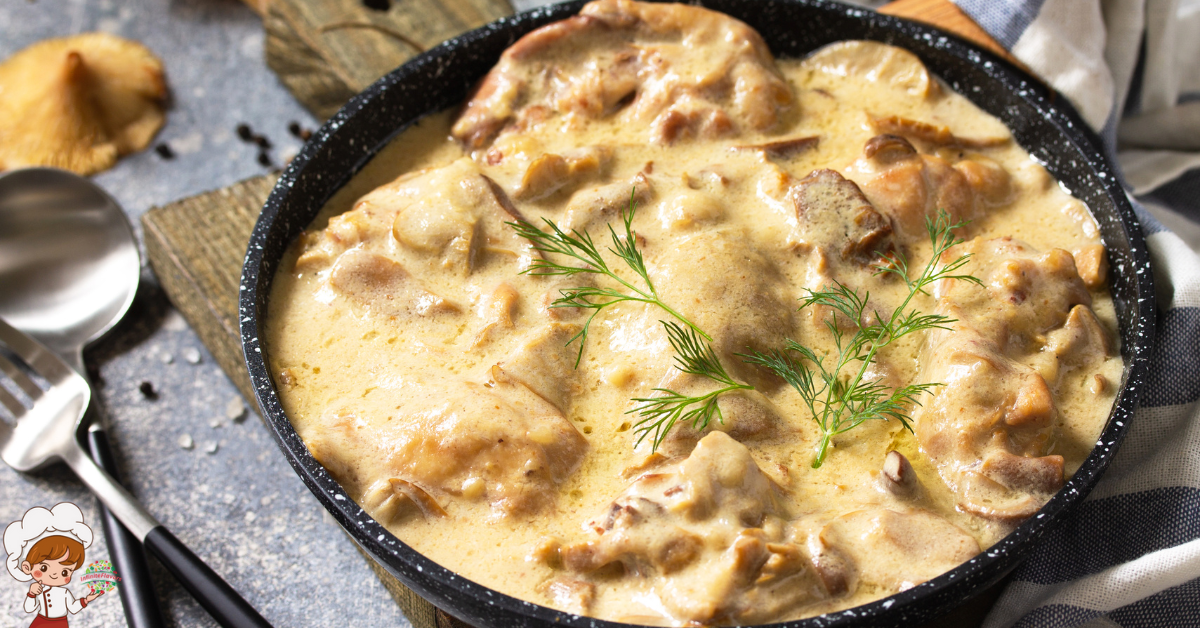The Best Essential Pastry Making Tips For Beginners
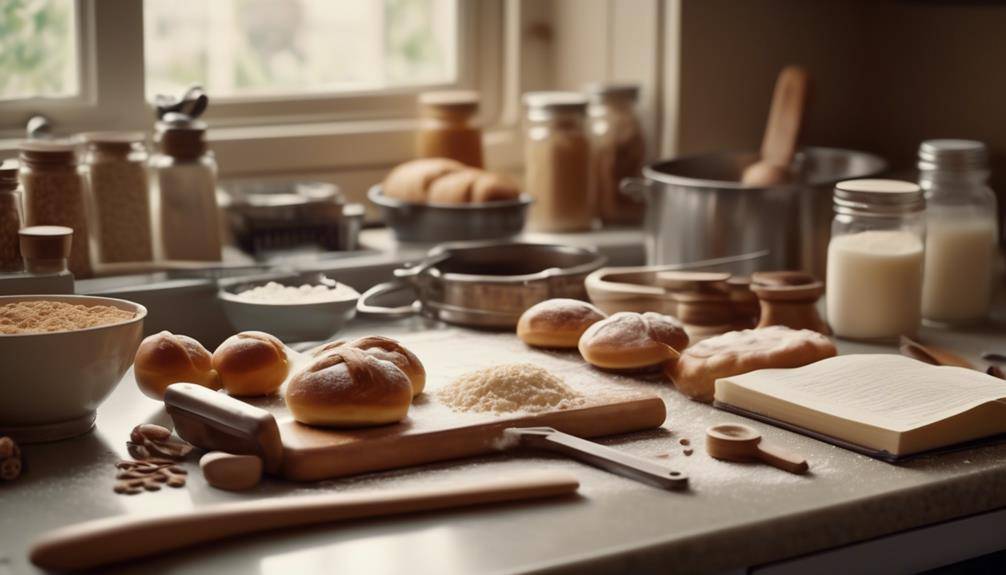
Pastry Making Tips For Beginners; Imagine this: you’re standing in front of a blank canvas, a paintbrush in one hand and a palette of vibrant colors in the other. You have the desire to create a masterpiece, but where do you start? Much like painting, pastry making is an art form that requires skill, precision, and a touch of creativity.
Whether you’re a novice or someone looking to refine their skills, there are essential tips that can help you on your journey to becoming a pastry-making pro. From choosing the right ingredients to achieving that perfect flaky texture, these tips will set you on the path to creating delectable pastries that will leave your taste buds craving for more. So, are you ready to elevate your baking game?
Choosing the Right Ingredients
To create the perfect pastry, it is imperative that you carefully select the finest ingredients available. The success of your pastry depends greatly on the quality of the ingredients you use. When it comes to measuring accurately, precision is key. Invest in a good set of measuring cups and spoons to ensure that you are using the right amount of each ingredient. A slight variation in measurements can have a significant impact on the outcome of your pastry.
Temperature control techniques also play a crucial role in pastry making. The temperature of your ingredients can affect the texture and overall quality of the pastry. For instance, butter should be cold when making pastries like pie crusts or croissants. This is because cold butter creates small pockets of steam when it melts in the oven, resulting in a flaky and tender texture. On the other hand, eggs and milk should be at room temperature to ensure even mixing and a smooth batter.
Additionally, it is important to be mindful of the ambient temperature in your kitchen. Pastry dough can be sensitive to temperature changes, so it is best to work in a cool environment. If your kitchen is warm, you can chill your equipment, such as mixing bowls and rolling pins, in the refrigerator before using them. This helps to maintain the integrity of the pastry dough and prevents it from becoming too soft or sticky.
Measuring Accurately
Now that you understand the importance of choosing the right ingredients, let’s dive into the art of measuring accurately when it comes to pastry making. Precise measurements are crucial in achieving the perfect texture and flavor in your pastries. To help you master the art of measuring, here are three essential tips:
- Use the proper measuring techniques: When it comes to dry ingredients like flour and sugar, spoon them into the measuring cup and level off the excess with a straight edge. Avoid scooping directly from the container, as it can cause the ingredients to become compacted, resulting in inaccurate measurements. For liquids, use a clear liquid measuring cup placed on a flat surface and read the measurement at eye level for accuracy.
- Be cautious with ingredient substitutions: While it can sometimes be tempting to substitute ingredients based on what you have on hand, it’s important to be mindful of how it may affect the final product. Different ingredients have different moisture content and flavor profiles, which can significantly impact the texture and taste of your pastry. If you must make substitutions, research and understand the potential consequences before proceeding.
- Invest in a kitchen scale: Although measuring cups and spoons are commonly used, a kitchen scale is an invaluable tool for achieving precise measurements. Weighing ingredients provides accuracy and consistency, especially for items like flour, where the density can vary. By using a kitchen scale, you can ensure that you are using the exact amount of each ingredient, resulting in consistently delicious pastries.
Keeping Ingredients Cold
Chilled ingredients are a key factor in achieving the perfect texture and flakiness in your pastries. When it comes to making pastries, temperature control techniques play a crucial role in the outcome of your dough. The impact on dough texture cannot be overstated.
One of the most important temperature control techniques is keeping your ingredients cold. This includes butter, water, and even the flour. You might be wondering why it matters. Well, when you mix cold ingredients together, the butter remains solid and does not melt easily. This is important because when the cold butter melts during baking, it creates steam, which in turn creates pockets of air in the dough. These pockets of air are what give pastries their light and flaky texture.
To keep your ingredients cold, start by refrigerating your butter and water before you begin. You can even freeze the butter for a few minutes to make it extra cold. Additionally, you can place the mixing bowl and utensils in the refrigerator for a while before using them. This helps to maintain the temperature of the ingredients and prevents them from warming up too quickly.
Using the Proper Equipment
Maintaining the perfect temperature in your pastry-making process isn’t just about keeping your ingredients cold; it also involves using the proper equipment. Choosing the right equipment is essential to ensure that your pastries turn out perfectly every time. Here are three key items you should consider:
- Rolling pin: A good quality rolling pin is a must-have for any pastry chef. Look for one that is sturdy and comfortable to hold, with a smooth surface that allows you to roll out your dough evenly. Whether you prefer a traditional wooden rolling pin or a sleek, modern one made of stainless steel, make sure it fits your needs and preferences.
- Pastry brush: A pastry brush is a versatile tool that is used to brush egg wash, melted butter, or glaze onto pastries. To maintain proper hygiene, choose a brush with bristles that are easy to clean and won’t shed. Silicone brushes are a popular choice as they are heat-resistant and dishwasher safe.
- Pastry scraper: A pastry scraper is a handy tool for cutting dough, scraping surfaces, and transferring ingredients. It’s important to choose a scraper made of high-quality materials that won’t rust or break easily. Look for one with a comfortable grip and a sharp edge for precise cutting.
In addition to choosing the right equipment, maintaining proper hygiene is crucial in pastry making. Always wash your equipment thoroughly before and after use to prevent cross-contamination. Use separate tools for different ingredients, such as one for butter and another for flour, to avoid mixing flavors. By selecting the right equipment and practicing good hygiene, you’ll be well on your way to creating delicious pastries that will impress your friends and family.
Understanding the Importance of Temperature
When it comes to pastry making, temperature control techniques are vital for achieving the perfect texture in your dough. Understanding the impact of temperature on the dough’s elasticity and structure will help you create flaky and tender pastries. Additionally, temperature plays a crucial role during the baking process, ensuring that your pastries rise evenly and develop a beautiful golden brown color.
Temperature Control Techniques
To achieve perfect pastry, understanding the importance of temperature control techniques is paramount. Proper temperature control is essential for achieving the desired texture, rise, and overall quality of your pastries. Here are three temperature control techniques that every beginner pastry maker should know:
- Dough Rising: Controlling the temperature during the dough rising process is crucial. Yeast, a key ingredient in many pastries, is highly sensitive to temperature changes. To ensure a successful rise, maintain a warm and draft-free environment. You can place the dough in a lightly greased bowl, cover it with a damp cloth, and let it rise in a warm spot, such as near a window or on top of the refrigerator.
- Oven Preheating: Preheating your oven is vital for even baking and achieving the perfect texture in your pastries. Preheating allows the oven to reach the desired temperature before you place your pastries inside. This ensures that they bake evenly and rise properly. Always follow the recipe instructions for preheating time and temperature to achieve the best results.
- Room Temperature Ingredients: Using ingredients at the correct temperature is essential for successful pastry making. Butter, eggs, and other ingredients should be at room temperature to ensure proper emulsification and incorporation into the dough. Cold ingredients can hinder the rise and texture of your pastries, so plan ahead and allow them to come to room temperature before beginning your baking process.
Impact on Dough Texture
Understanding the impact of temperature on dough texture is crucial for achieving the perfect pastry. Temperature plays a vital role in determining the consistency of the dough, which directly affects the final product. When working with pastry dough, it’s important to keep it at the right temperature throughout the process to ensure optimal results. If the dough is too warm, it can become sticky and difficult to handle. On the other hand, if the dough is too cold, it can be tough and hard to roll out.
To achieve the desired dough consistency, it’s essential to employ proper kneading techniques. By kneading the dough gently and evenly, you can develop the gluten strands, resulting in a softer and more elastic texture. So remember, pay attention to temperature and use the right kneading techniques to achieve the perfect dough consistency for your pastries.
Role in Pastry Baking
Maintaining the right temperature is essential in achieving the perfect texture for your pastries. The temperature plays a crucial role in flavor development and has a significant impact on baking time. Here are three reasons why temperature is important in pastry baking:
- Proper temperature control ensures even baking: By maintaining the correct temperature, your pastries will bake evenly, resulting in a golden brown crust and a moist, tender interior.
- Temperature affects flavor development: The right temperature allows the ingredients to meld together, enhancing the flavors and creating a delicious taste profile for your pastries.
- Temperature determines baking time: Different pastries require different temperatures for optimal baking. By following the recommended temperature guidelines, you can ensure that your pastries are baked to perfection, preventing under or over baking.
Mastering the Art of Dough Handling
For those embarking on the journey of pastry making, honing the delicate skill of dough handling is an essential step towards achieving delectable results. When it comes to working with dough, two key factors to consider are dough elasticity and gluten development. These factors play a crucial role in determining the texture and structure of your pastries.
Dough elasticity refers to the ability of the dough to stretch and bounce back. When handling dough, it is important to strike a balance between stretching it enough to develop the gluten, which gives pastries their structure, and not overworking it, which can result in tough and chewy baked goods. To achieve the perfect elasticity, start by kneading the dough gently with your hands. Use the heel of your palm to push the dough away from you, then fold it back onto itself. Repeat this motion, rotating the dough as you go, until it becomes smooth and elastic.
Gluten development is crucial in creating light and airy pastries. Gluten is formed when the proteins in flour, called glutenin and gliadin, come into contact with water and are vigorously mixed or kneaded. This process aligns the proteins, creating a network that traps air bubbles and gives structure to the dough. To develop gluten, knead the dough for a sufficient amount of time. However, be careful not to over-knead, as this can result in a dense and tough texture.
Mastering the art of dough handling takes practice and patience. As you gain experience, you will learn to feel the dough’s elasticity and understand when it is ready to be shaped or rolled out. With time, you will be able to create flaky pastries with a light and tender crumb that will impress your family and friends. So, embrace the process and enjoy the journey of becoming a skilled pastry maker.
Properly Rolling Out Pastry Dough
To roll out pastry dough properly, you need to have a gentle touch and a keen eye for thickness. Achieving even thickness is crucial for successful pastry making, as it ensures that your dough bakes evenly and results in a beautiful, flaky crust. Here are three essential tips to help you roll out pastry dough like a pro:
- Keep it cool: One of the biggest challenges when rolling out pastry dough is preventing it from shrinking. To avoid this, make sure your dough is properly chilled before rolling. This will help to keep the butter in the dough cold, which in turn prevents the dough from becoming too soft and shrinking during the baking process. If you find that your dough is becoming too warm while rolling, simply place it back in the fridge for a few minutes to cool down.
- Use a light touch: When rolling out pastry dough, it’s important to apply gentle and even pressure. Avoid pressing too hard, as this can cause the dough to stick to the rolling pin or the work surface. Instead, use a light touch and let the weight of the rolling pin do the work. This will help you achieve an even thickness throughout the dough, resulting in a uniform and professional-looking crust.
- Measure thickness accurately: To ensure that your pastry dough is rolled out to the desired thickness, use a ruler or a set of pastry thickness guides. These tools will help you measure the thickness of your dough accurately, allowing you to achieve the desired results. Remember, precision is key when it comes to pastry making, so take your time and double-check your measurements before proceeding.
Preventing a Soggy Bottom Crust
To prevent a soggy bottom crust in your pastry, there are a few key points to keep in mind. First, try using the blind baking technique, where you pre-bake the crust before adding the filling. This helps to create a barrier between the filling and the crust, preventing excess moisture from seeping in. Second, make sure to achieve the proper moisture balance in your filling. Too much liquid can lead to a soggy crust, so be mindful of the ingredients you use. Lastly, invest in quality pie weights to keep the crust from puffing up and becoming soggy. By following these points, you’ll be well on your way to achieving a perfectly crisp and delicious crust.
Blind Baking Technique
Consider blind baking your pastry crust to prevent a soggy bottom, allowing for a perfectly crisp and golden shell every time. This technique is a game-changer when it comes to achieving a flawlessly baked pie or tart. Here are three essential tips to master blind baking:
- Preheat your oven: Before blind baking, ensure that your oven is fully preheated to the recommended temperature. This will guarantee that your crust bakes evenly and becomes beautifully golden.
- Use pie weights or beans: To prevent the crust from puffing up or shrinking during blind baking, line the pastry with parchment paper and fill it with pie weights or dried beans. This will help maintain the shape and structure of the crust.
- Partially bake the crust: Blind bake the pastry crust for a few minutes before adding the filling. This will set the crust and create a barrier to prevent any liquid from seeping in, resulting in a crispy and fully baked bottom.
Proper Moisture Balance
Now that you have mastered the blind baking technique for a perfectly crisp and golden shell, let’s dive into the crucial aspect of achieving proper moisture balance to prevent a soggy bottom crust. Moisture control is key in pastry making, as too much moisture can lead to a dreaded soggy bottom crust. One important factor to consider is dough hydration. The hydration level of your dough will greatly affect the final texture of your pastry.
To prevent excess moisture, make sure not to over-hydrate your dough. Follow the recipe instructions carefully and add the recommended amount of liquid gradually, until the dough comes together and is just moist enough. Additionally, it is crucial to properly cool your pie or tart before filling it. This allows the crust to fully set and maintain its crispness. By paying attention to moisture control and dough hydration, you can ensure a perfectly crisp and delicious pastry every time.
Quality Pie Weights
For a perfectly crisp and evenly baked pastry crust, investing in high-quality pie weights is an essential step to prevent a soggy bottom. When it comes to blind baking, where the crust is baked before adding the filling, using quality pie weights is crucial. Here are three reasons why:
- Even Heat Distribution: Quality pie weights distribute heat evenly, ensuring that the crust bakes uniformly. This prevents the dreaded soggy bottom and ensures a beautifully golden and flaky crust.
- Weighted Stability: High-quality pie weights are heavy enough to keep the crust in place during blind baking. They prevent the crust from puffing up or sliding down the sides of the pan, resulting in a perfectly shaped pastry shell.
- Reusable and Durable: Investing in quality pie weights means you’ll have a long-lasting baking tool. Made from materials like ceramic or stainless steel, they are reusable, easy to clean, and can withstand high baking temperatures.
With these quality pie weights, you can confidently tackle any pie recipe and achieve a crispy and delicious crust every time.
Achieving a Flaky Texture
Wondering how to achieve that perfect flaky texture in your pastries? Look no further, as we have some essential tips to help you master the art of creating flaky pastry. Achieving the ideal texture is crucial, as it adds a delightful lightness and crispness to your baked goods. So, let’s dive right in and discover the secrets to achieving that sought-after flaky texture.
First and foremost, the key to flaky pastry lies in the fat. It is important to use cold butter or shortening and work it into the flour using a technique called “cutting in.” This involves incorporating the fat into the flour until the mixture resembles coarse crumbs. The cold fat creates pockets of air when it melts during baking, resulting in a flaky texture.
Another crucial step is to handle the dough with care. Overworking the dough can lead to gluten development, which will make your pastry tough instead of flaky. So, be gentle and avoid excessive kneading or mixing. It’s best to use a light touch and handle the dough as little as possible.
Additionally, chilling the dough is essential for achieving flaky pastry. Once you have formed the dough, wrap it tightly in plastic wrap and refrigerate it for at least 30 minutes. This resting time allows the gluten to relax and the fat to solidify, ensuring a tender and flaky texture when baked.
Lastly, when rolling out the dough, be mindful of the temperature. If the dough becomes too warm, the fat will melt too quickly, resulting in a greasy and less flaky pastry. Work on a cool surface and, if needed, dust the dough and rolling pin with flour to prevent sticking.
Avoiding Common Mistakes
When it comes to pastry making, proper ingredient measurement and temperature control are crucial to avoid common mistakes. Accurately measuring your ingredients ensures that your pastry dough has the right balance of wet and dry ingredients, resulting in a perfect texture. Additionally, maintaining the right temperature throughout the process prevents your pastry from becoming too tough or too soft. By paying attention to these key factors, you can avoid common pitfalls and create delicious pastries every time.
Proper Ingredient Measurement
To ensure the success of your pastry creations, it is essential to master the art of proper ingredient measurement, avoiding the common mistakes that can hinder your baking endeavors. Here are three important tips to help you achieve accurate measurements and avoid any mishaps in the kitchen:
- Use the right measuring techniques: When it comes to dry ingredients like flour and sugar, always spoon them into the measuring cup and level it off with a straight edge. For liquids, make sure to use a liquid measuring cup with clear markings at eye level.
- Avoid ingredient substitutions: Baking is a precise science, and substituting ingredients can lead to unpredictable results. Stick to the original recipe as much as possible to ensure the desired texture and taste of your pastries.
- Double-check your measurements: Even the slightest difference in measurement can affect the outcome of your pastry. Take your time and use a kitchen scale if necessary to ensure accuracy.
Temperature Control
For optimal pastry making results, maintaining precise temperature control is crucial to avoid common mistakes and achieve the perfect texture and taste. Temperature control techniques play a significant role in the outcome of your pastry dough. When working with butter-based doughs, it is important to keep the ingredients, especially the butter, cold. This helps create flaky layers and prevents the dough from becoming greasy.
On the other hand, when working with doughs that require yeast, such as brioche or croissant dough, it is essential to keep the ingredients at a slightly warmer temperature to promote yeast activation and proper fermentation. Understanding the impact of temperature on dough texture allows you to make adjustments accordingly, resulting in pastries that are light, airy, and delicious. So, remember to pay attention to temperature control throughout the pastry making process for the best results.
Experimenting With Flavors and Fillings
Experimenting with different flavors and fillings in your pastries can elevate your baking skills and take your creations to a whole new level of deliciousness. By exploring unique flavor combinations and incorporating creative fillings, you can create pastries that are truly one-of-a-kind. Here are three tips to help you get started:
- Mix and Match Flavors: Don’t be afraid to think outside the box and experiment with unexpected flavor combinations. Consider pairing sweet and tangy flavors, like lemon and blueberry, or combining rich and indulgent flavors, such as chocolate and salted caramel. The possibilities are endless, so let your imagination run wild!
- Play with Textures: Incorporating different textures can add depth and complexity to your pastries. For example, you can add a crunchy element, like crushed nuts or toasted coconut, to contrast with a smooth and creamy filling. This contrast in textures will not only enhance the taste, but also create a visually appealing dessert.
- Think Beyond Traditional Fillings: While classic fillings like fruit preserves and chocolate ganache are delicious, don’t limit yourself to the usual suspects. Get creative and experiment with unique fillings, such as lavender-infused cream, matcha custard, or even savory options like bacon and cheese. These unexpected fillings will surprise and delight your taste buds.
Practicing Patience and Persistence
After exploring unique flavors and fillings for your pastries, it’s time to shift your focus to the important skills of practicing patience and persistence. Pastry making requires precision, and it’s crucial to have a steady hand and a calm mindset throughout the process. Mastering the art of patience will ensure that your pastries turn out perfect every time.
When practicing precision in pastry making, it’s important to follow the recipe instructions meticulously. Pay attention to the measurements, temperatures, and cooking times. Use a kitchen scale to measure ingredients accurately, as slight variations can affect the texture and taste of your pastries. Take your time when incorporating ingredients, whether it’s kneading dough or folding in delicate fillings. Rushing through these steps can lead to uneven textures or lumpy mixtures.
Troubleshooting techniques are essential when things don’t go as planned. If your dough is too sticky, resist the temptation to add more flour right away. Instead, try chilling it in the refrigerator for a few minutes to firm it up. If your pastry doesn’t rise as expected, make sure your leavening agents like yeast or baking powder are fresh and active. Adjusting oven temperature and baking times can also help achieve the desired results.
Practicing patience and persistence in pastry making will not only improve your skills but also enhance your overall baking experience. Remember that it takes time and practice to master the art of pastry making. Embrace the learning process and don’t be discouraged by setbacks. With each attempt, you’ll gain more confidence and refine your techniques. So, take a deep breath, trust the process, and enjoy the journey of creating delicious pastries.
Pastry Making Tips For Beginners; Frequently Asked Questions
Can I Use Margarine Instead of Butter in Pastry Dough?
You can use margarine instead of butter in pastry dough, but there will be differences in taste and texture. Margarine tends to produce a softer and more tender crust, while butter gives a richer flavor.
How Can I Prevent My Pastry Dough From Shrinking During Baking?
To prevent your pastry dough from shrinking during baking, it’s important to master proper techniques for blind baking pastry crusts. This ensures the dough sets before it has a chance to shrink. Additionally, using cold butter and properly layering the dough helps achieve a flaky texture.
What Is the Best Way to Store Leftover Pastry Dough?
To store leftover pastry dough, wrap it tightly in plastic wrap and refrigerate for up to three days. When ready to use, let it sit at room temperature for a few minutes to soften.
Can I Freeze Pastry Dough for Later Use?
Yes, you can freeze pastry dough for later use. It’s a great way to save time and have dough ready when you need it. Just wrap it tightly in plastic wrap and place it in the freezer. As for substitutes for butter in pastry dough, you can use shortening or margarine for a similar texture and flavor.
How Can I Prevent My Pastry Crust From Becoming Too Hard or Tough?
To make your pastry crust flaky and tender, there are a few things to keep in mind. Avoid overmixing the dough and be sure to use cold ingredients. These simple tips will help you achieve the perfect crust every time.
Conclusion
In conclusion, mastering the art of pastry making may seem daunting at first, but with these essential tips, even beginners can create delectable treats. By selecting high-quality ingredients, measuring accurately, and keeping ingredients cold, you can ensure the best results. Understanding the importance of temperature and achieving a flaky texture are also crucial. Avoid common mistakes, experiment with flavors and fillings, and most importantly, practice patience and persistence. With time and practice, you’ll soon be whipping up irresistible pastries like a pro!



